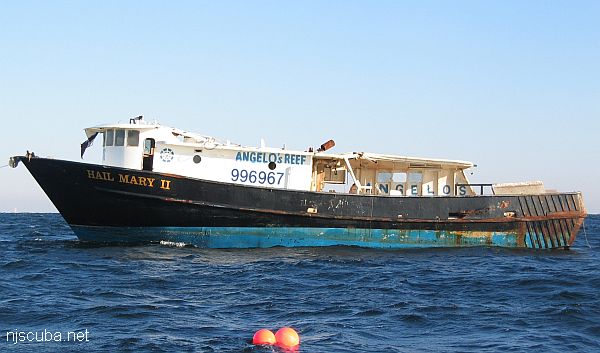Harry Rush
- Type:
- shipwreck, sailing ship
- Specs:
- 965 tons
- Sunk:
- Wednesday February 17, 1943
possibly collision with barge F.F. Clain - Depth:
- 80 ft
The Harry Rush is described as a freighter by Krotee, not always the most reliable source. The wreck commonly known as the Harry Rush is a sailing ship. The wreck is the typical three parallel wooden walls, very low-lying, with some steam machinery and chain pile at the west end. The orientation of the wreck is unusual, as if it sank while running for the shore, rather than riding out a storm. The absence of towing bits makes it likely this was a true sailing ship rather than a schooner barge.


Erlend Bonderud:
May 21, 2022 at 8:20 am
The Harry Rush, ON 218878, was launched as the barge New Meadows 1919 Sep. 9 - built by Kelley, Spear & Co. of Bath, Maine on a EFC/USSB contract (No. 2335) as EFC Design 1067 - Wooden barge
Tonnage should be 1327 GRT, however.
Lloyds describes her as Wood3MstSrBarge.